Experimental Life Energy Meter
$0.00 – $499.99
A unique tool to help measure the amount of vital energy present in things around you.
This technology can be used to test the vitality of water, compare different people’s energy levels, check the energy of different soil samples, organic matter, or help people learn about energy healing. Humans, animals and plants may be measured by bringing them in contact with this meter.
Accessories available to enhance measurements
Note: Please select Yes or No for each item to place order.
Description
Experimental Life Meter:
Imagine being able to measure the amount of vital energy present in things around you. This technology can be used to test the vitality of water, compare different people’s energy levels, check the energy of different soil samples, or help people learn about energy healing. This technology was developed by Wilhelm Reich to use with his orgone energy (universal life energy) accumulators to measure the amount of energy being produced. New electronics have now made it possible to make a compact version of this meter for use in your home or for research purposes. The meter emits a weak displacement energy field around the electrode and the meter can then indicate the precise energy level of any organic object in front of it. This is an ideal tool for those serious about energy medicine, healing, water research, subtle energy, Qigong, and parapsychology. “Explorers” will find a myriad of other uses and experiments for this technology.
How It Works
A low frequency “displacement current” is connected unipolarly to a sensor which may be a vacuum tube or an insulated metal plate. The “displacement current” field fills the space surrounding the sensor and permeates all objects in its vicinity. The internal circuitry of the meter returns information about the extent of absorption of the excitation field and displays this as a deflection of the meter. Living things absorb more than non living things. The strength of the excitation field is proportional to the surface area that the plate makes with the surrounding space. Thus, metal objects brought near the sensor will cause the reading to increase. Water, which Reich believed to have a high energy content, also reacts strongly. Tests with other energy fields have shown that the instrument is insensitive to magnetic, electrostatic, electromagnetic and nuclear energies. Simple experiments, such as tests performed on plant leaves, have shown that green healthy leaves yield a high reading where as yellowing leaves show less and brown or dying leaves show only a small reading. Even after all objects are moved away from the sensor, a weak fluctuation may be detected and seen on the highest ranges of the device. It would appear that this fluctuation is do to the local Orgone field flux of space itself and may be a proof of the existence of the elusive “ether” or zero point energy.
Specifications and Instructions
The meter is provided with a vacuum tube sensor for general purpose use. This sensor is plugged in at the rear of the device and may be rotated for various types of measurements. For most measurements, the test object may be brought up to the sensor tube and a reading taken either in contact or at a fixed distance. The reading will decrease as the object is moved further away. For consistent readings, always place objects for comparison at exactly the same distance from the tube. For larger distances, the range switch may be moved to a higher position to increase the sensitivity. For the measurement of solutions, the tube may be rotated to point down. A small plastic or glass container may be used to hold the liquid to be tested. A reference liquid such as distilled water should be used to provide a zero point for comparison. Both containers should be of the same size and material and filled to exactly the same volume. The tube should be immersed to exactly the same depth for consistent readings. Take care not to overfill the containers so that immersion of the tube will not cause an overflow. To determine the correct range for measurement, first zero the meter on the x1 range using the coarse and fine zero controls without any objects near the tube. Bring the object to the desired distance, or immersion with the sensor, and observe the meter deflection. If the deflection is less than 10%, select the next highest range and re-zero in the absence of the test object. If the reading is still less than 10% repeat this procedure. If small differences between objects is to be observed, set the range to x10 and set the zero to mid-scale (on the -/ line) while measuring the reference object. Place the test object in place and observe the difference on the meter. If the meter falls to zero or rises to 100, decrease the range and repeat the procedure. If the difference is 5% or less the range may be increased and the procedure repeated. The meter comes with a standard vacuum tube with a 2.25 sq in plate area for general purpose sensing. An external plate may be connected using a standard cable with a banana plug on one end. Two sizes of plates may be used: A 2.25 sq. in plate for short range or small objects and a 2 sq. ft. plate for large objects and maximum sensing distance. Larger plate not included but may be purchased separately from the manufacturer after your purchase.
The latest model is LM4 and features handheld or bench top operation. Requires 4 “AA” batteries (not included). The new rugged design includes a protective rubber boot with a pull-out stand for upright operation. Includes sensor (electrode), sensor plate, instructions, and a one year warranty.
The video below shows good examples of how the Experimental Meter functions and gives some direction for use:
Most shipments will arrive in 4-5 day but please allow 4-5 additional days for delivery.
Accessories:
Interested in getting the most out of your Experimental Life Meter. Get focused feedback from your meter by adding one of the following accessories:
LARGE PLATE ELECTRODE (LM03AC) $59.99
The Large Plate Electrode is a flexible flat sheet electrode with a vinyl top and bottom protective surface. The electrode measures 15″ x 20″ x 0.05″ (38cm x 51cm x 1mm). This electrode is ideal for whole body measurements, animal measurements or testing anything too large for the blue square electrode. The large plate electrode has a high sensitivity and allows for energy field detection up to 6ft (190cm).
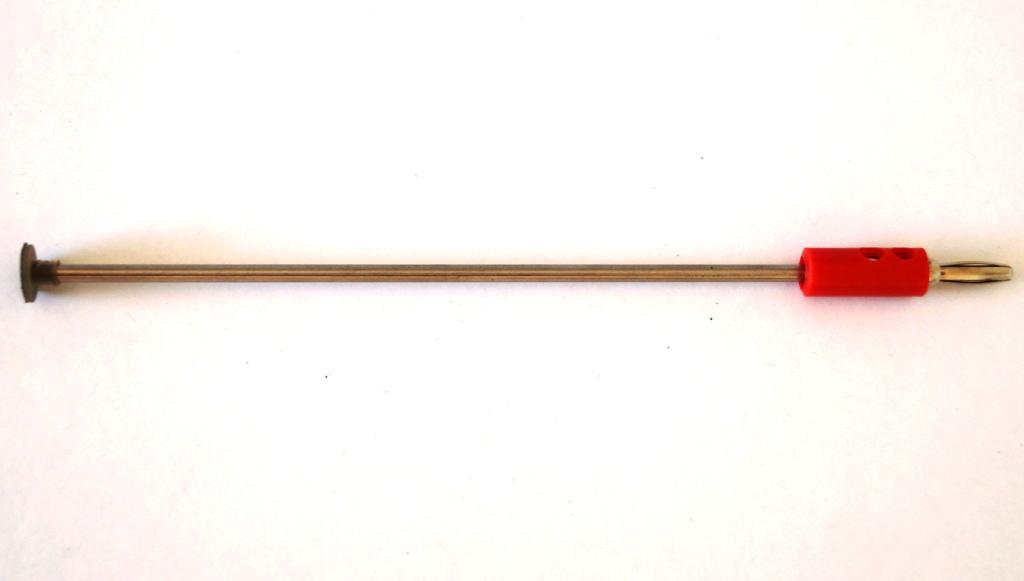
ACCUPROBE (ACC) $34.99
The accuprobe fits directly into the external probe connector of the LM4. Its small diameter (3mm) sensing surface allows for locating and evaluating acupuncture points. Watch the video here for more information.
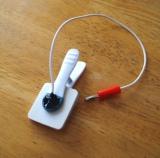
PLANT PROBE (PLP) $34.99
The Plant probe was developed to make measurements of Live plant leaves less intrusive and more convenient. The electrode clamps lightly to a leaf of the desired plant and the 12′ (30cm) lead plugs into the external probe port of the LM4. The electrode surface is 1.5″x1.5″ (40mm x 40mm) .
Additional information
| Add Experimental Life Meter | No, I do not need the Life Meter, Yes, I would like the Life Meter |
|---|---|
| Add Accuprobe | No, I do not need the Accuprobe, Yes, Please add the Accuprobe |
| Add Large Plate Electrode | No, I do not need the Large plate Electrode, Yes, Please add the Large Plate Electrode |
| Add Plant Probe | No, I do not need the Plant Probe, Yes, Please add the Plant Probe |
You must be logged in to post a review.

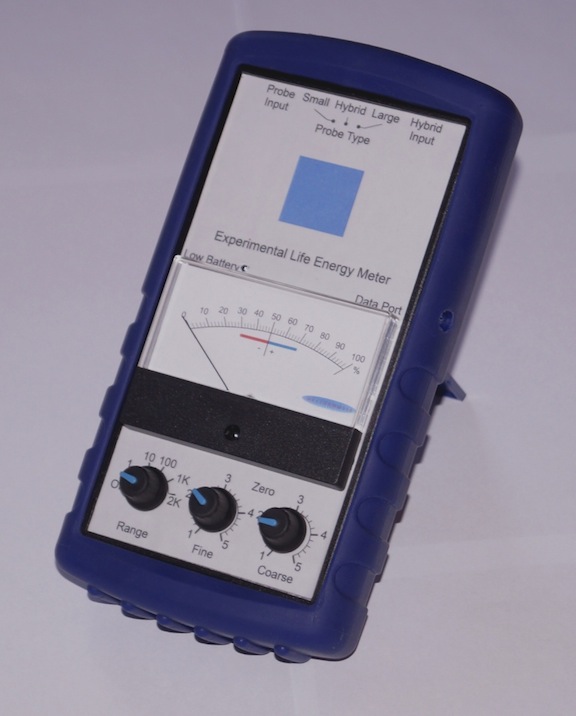
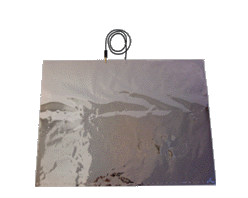
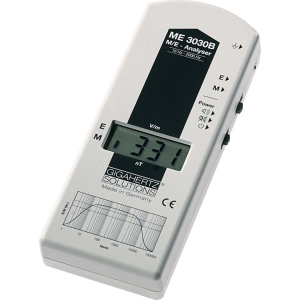
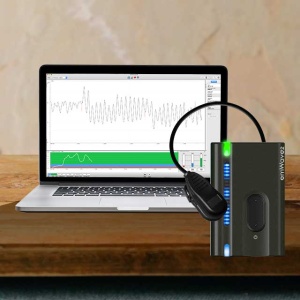

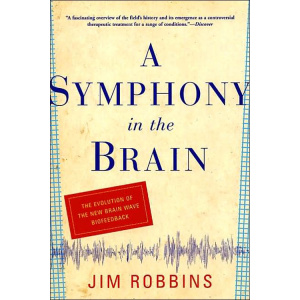
Reviews
There are no reviews yet.